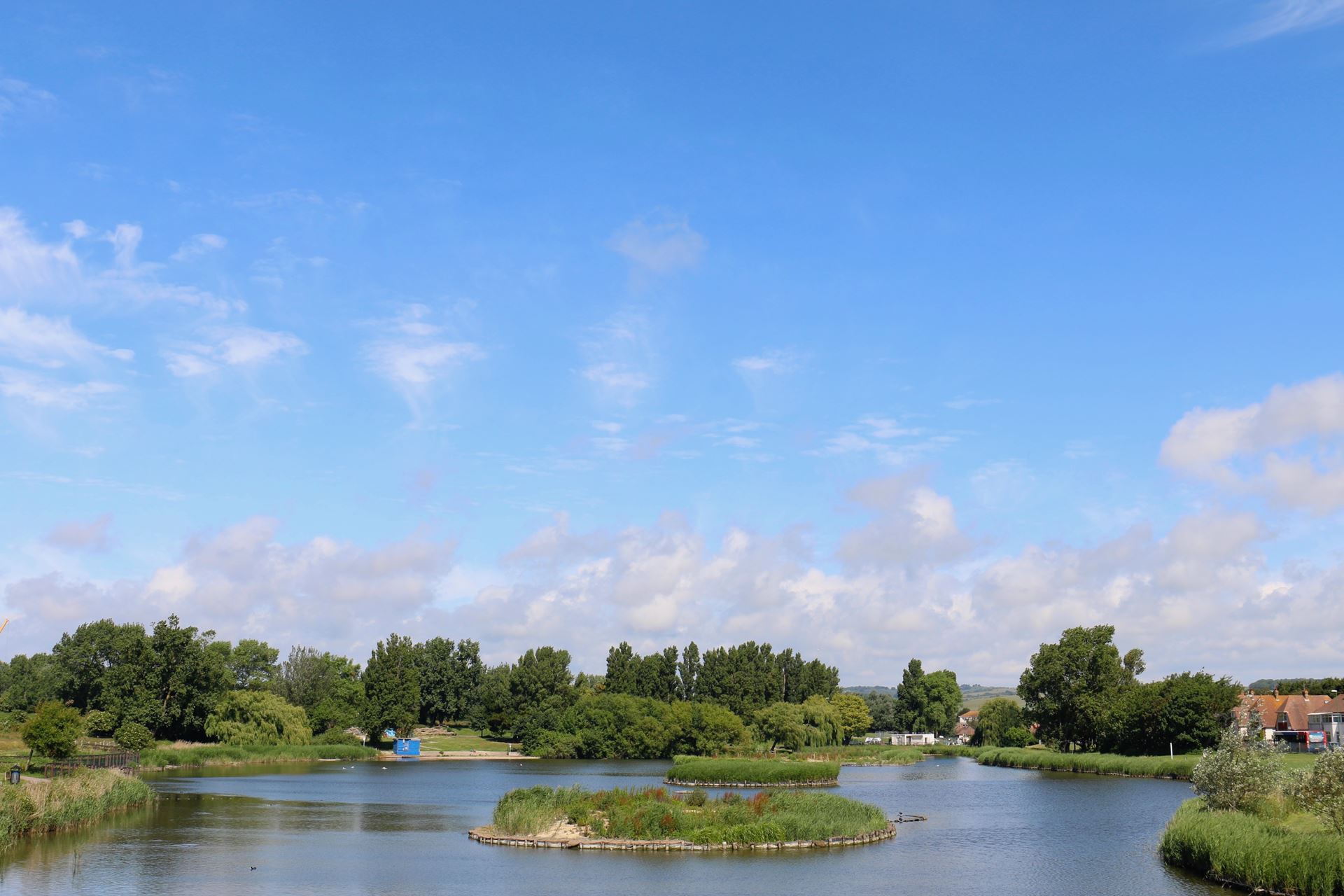Sustainable homes at heart of Worthing Local Plan
Sustainable homes, enhanced open spaces and flexible work places are at the heart of detailed plans to guide the future development of Worthing.
The Worthing Local Plan sets out the vision for the town for the next 15 years, mapping out how it will look for residents, businesses and visitors in 2036.
 Central to the vision is the creation of 4,600 additional sustainable homes, primarily on brownfield sites such as Teville Gate and Union Place, while large open spaces, such as Brooklands Park, Goring Gap and Chatsmore Farm, will be preserved and enhanced for generations to come.
Central to the vision is the creation of 4,600 additional sustainable homes, primarily on brownfield sites such as Teville Gate and Union Place, while large open spaces, such as Brooklands Park, Goring Gap and Chatsmore Farm, will be preserved and enhanced for generations to come.
A key driver is sustainability with Worthing Borough Council one of the first in the country to embed United Nations Sustainable Development Goals into their development plan. This will help mitigate the impact of climate change and require higher levels of sustainability to be met, such as increased energy efficiency of new homes and work spaces, the provision of EV charging points and water reused on site.
The plan also takes special steps to protect and create new employment spaces while ensuring they are flexible and adaptable as part of wider efforts to support the town’s economy bounce back from COVID.
But even with the proposed development on brownfield and edge of town sites, the plan does warn that it will be 10,000 properties short of meeting demand in the next 15 years.
The document will be discussed this week (November 11) by the Council’s Planning Committee before being considered by executive councillors and Full Council.
Pending approval, there will be a final round of consultation before being sent to the national Planning Inspectorate for review ahead of possible adoption next year.
Councillor Kevin Jenkins, Worthing Borough Council’s Executive Member for Regeneration, said: “After years of preparation and input from hundreds of people I’m delighted that we’re able to present the final version of the Worthing Local Plan, which - if adopted - will affect everyone who has a vested interest in our town.
“The final document balances the need to provide a good mix of homes with adaptable flexible work spaces whilst seeking to preserve crucial areas of open space, which have played such an important role in recent months during the global pandemic.
“I’m also delighted we have been able to be ambitious around sustainability, making sure that the new development that does take place is sympathetic to our amazing location between the South Downs and the sea.
“I look forward to hearing comments and feedback from councillor colleagues in the next few weeks and hope, after further input from the public, we are able to submit it to the Planning Inspectorate.”
Those behind the Worthing Local Plan have spent the past four years carrying out extensive studies into every parcel of land in the borough as the Council looks to ensure the right mix of places for people to live, work and play in the future.
This includes two major pieces of consultation with the public, land owners, developers and community groups.
Even with the development of major brownfield sites such as Teville Gate, Union Place and Grafton Car Park coming forward, the plan uses comprehensive evidence to demonstrate there is only enough land in the borough to provide just 4,599 dwellings by 2033. This is way below the assessed need level of more than 15,000 homes.
Among those areas proposed for development are land off Upper Brighton Road (123 homes), land east of Fulbeck Avenue (152) and part of the Northbrook Caravan Club site (75).
Other sites included in the final plan are land off Beeches Avenue and land east of Titnore Lane as evidence now indicates that previous key constraints can be overcome.
However, even with housing pressure, the Council has made a commitment to place protected status on environmentally sensitive areas such as Goring Gap (South), Chatsmore Farm (between the A259 and railway line at Goring) and Brooklands Park.
The 190-page document also includes detailed policies on a range of planning issues, such as affordable housing provision, heritage, design, retail and the economy. When adopted, these will be used when making decisions on future applications.
